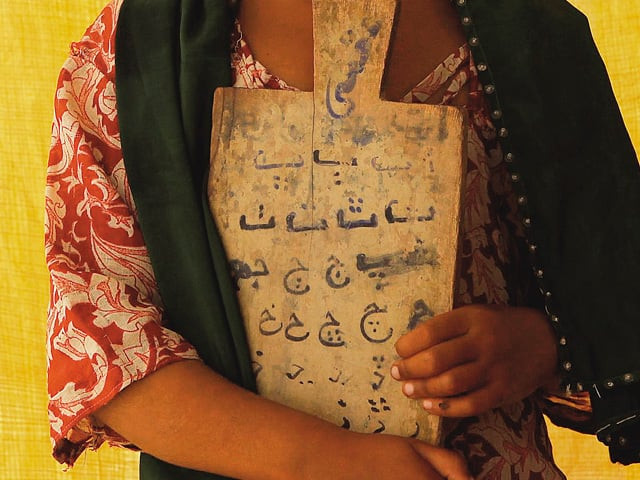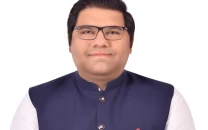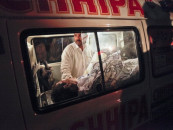In Punjab, one teacher for all
Data shows that 384 schools in the province are ‘functioning’ without a teacher.

In Punjab, one teacher for all
Samina Iftikhar* is the principal, headmistress as well as the teacher for all subjects at the government primary school for girls, around 20-kilometers from Lahore on GT Road.
The school with 75 students has two rooms, a verandah, and an open area which is used as a playground, but does not have a boundary wall.
“I manage everything myself. I do the admissions, take classes and manage school records as well. Students from grade 1 to grade 3 sit in the verandah and students of grade 4 and 5 sit in the room,” Samina said.
Despite the difficulties, the school run by Samina is relatively better than many other such schools in different parts of Punjab, the largest province of Pakistan with 10,679,244 students enrolled in public schools.
According to the provincial Education Department, there are 6,615 schools in the province that have one teacher.
The data of Programme Monitoring and Implementation Unit (PMIU) Punjab Education Sector Reforms Programme, which is responsible for policy making on school education, shows that there are 43,408 primary schools in Punjab. Of these, 21,541 are girls schools while 21,561 are for boys.
The number of students enrolled in primary schools is 4,696,956, with 55% male students and 45% female students. There are 118,458 teachers in the province, with 50% women.
The general rules of the department say there should be one teacher for 40 students, which officials of the Education Sector Reforms Programme believe is a ‘flawed’ approach. However, there are 25,776 primary school students who do not even have one teacher.
Functioning without a teacher?
Figures obtained from the Education Department show that 384 schools in the province are “functioning” without a teacher. There are 9,765 boys and 16,011 girls enrolled in these schools. Neither the documents nor the education department officials had an explanation on how the schools could be functioning without a teacher.
An official who did not want to be named said: “Around 1,200 schools were shortlisted to be repaired or rebuilt on the basis of their enrolment, but the funds released were spent by elected members who decided to spend the money on all schools equally. If you give Rs10 million to a school that has 10 students and give the same amount of money to a school with 1,000 students, it is useless.”
Teachers training
The Public Sector Development Project 2010-2011 was allotted Rs409 million for training of elementary school teachers in Punjab. The teachers are trained during summer break. “However, the training is not sufficient to tackle the problems these teachers face every day in government schools,” said headmaster of Government Primary School Luck Line, Ijaz Hussain, disapprovingly. “But at least it’s a start.”
New syllabus
Mohammad Javed, a Masters in Philosophy, and a teacher at the school, believes the recent shift to an all-English medium syllabus up to Grade 3 has not been as productive as was expected. “What I fail to understand is how can teachers, most of whom have been taught in Urdu themselves, be expected to teach in English?”
Abbas Rashid, Chairperson at the Society for the Advancement of Education, says the mother tongue plays a vital role especially for primary education. Rashid argues that there is no denying the importance of English as a competitive tool in today’s world, but says there should be a smooth transition for the language of instruction from a student’s mother tongue to English. Dr Nayyar criticised the Punjab government’s decision to make all subjects compulsory in English at the primary level and said the provincial government should review its decision.
*name has been changed to protect privacy
Published in The Express Tribune, November 7th, 2011.



















COMMENTS
Comments are moderated and generally will be posted if they are on-topic and not abusive.
For more information, please see our Comments FAQ